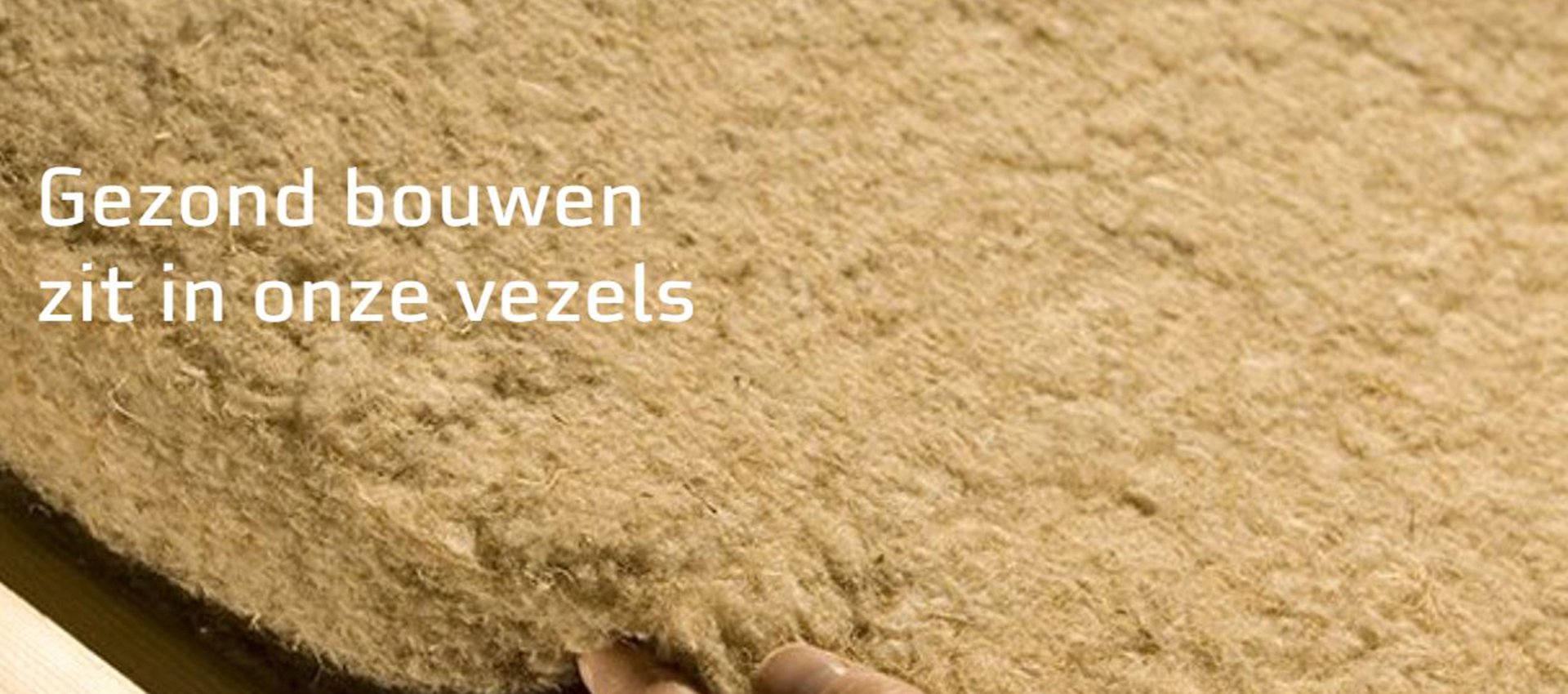Highlighted, category 1 environmental declaration - Isovlas
Every month we highlight a category 1 product to stimulate the development of these environmental declarations in the National Environmental Database. This time we’re focusing on Isovlas insulation material.

Flax insulation is a sustainably grown, bio-based product and satisfies the cradle-to-cradle principles. Isovlas is made from the short fibres from stems of the flax plant. Hardly any crop protection agents are needed during cultivation. The insulation material is made from a residual product from the linen industry. Isovlas is used in facades, floors and roofs, both during new-build, renovation and re-insulation projects. With a lifespan of at least 75 years, it is a product that can be reused.
| Supplier | Isovlas |
|---|---|
| product components | Isovlas PL Bouwisolatie |
| Functional unit (FE) | per square metre |
| Lifespan | 75 years |
| ECI per FU | € 0.1357 |
| Scalable | yes |

Five questions for Rogier van Mensvoort, Isovlas Director
What is the Isovlas production process? Where is it produced?
‘Flax is grown in clay soils along the coast from Zeeland to Northern France. The flax isn’t grown to produce insulation material. The linen industry is the main consumer of flax crops, producing textile products including clothing, curtains and tablecloths from cultivated flax. When spinning yarn, fibres that are too short to re-enter the production process fall off. We use this waste, the short fibres, to produce insulation material. It is a waste stream from the linen industry. We then impregnate the fibres to make the product fire-proof, and mildew and pest resistant, before adding a binding agent and using compressed air to press the fibres into a bundle from which we can cut insulation boards. This production process also doesn’t consume much energy. All this means that it qualifies as a bio-based product manufactured in a highly energy-efficient process.’

What makes Isovlas distinct from other insulation materials?
‘In terms of thermal insulation, Isovlas can be compared with mineral wool or insulation foam. In terms of sound absorption capacity, Isovlas has a somewhat higher performance. Flax fibre is resilient and can handle sound vibrations well. The major difference compared with traditional insulation materials is that Isovlas is hygroscopic. It can absorb and release moisture. This means that, in standard constructions, the Isovlas board doesn’t need an extra damp-proofing film. This is a major advantage, saving not only on film, but also avoiding expensive construction errors due to the incorrect application of damp-proofing.
Isovlas also has a high specific heat capacity, so indoors stays cooler for longer in summer.’
Can Isovlas be recycled easily?
‘We’re focusing on reusing rather than recycling the Isovlas boards. It’s a natural product with self-repairing fibres, and will retain its quality if the board is handled correctly and is used under normal conditions throughout the construction work’s lifespan. We dare to offer a two-thousand year guarantee. The mummies in Egypt are the reason we dare do this. They’ve been lying in linen cloths for some three thousand years. Many people are under the impression that bio-based material rots away quickly. But that doesn’t apply to Isovlas. In terms of degradation, Isovlas can be compared with wood. Centuries old buildings and structures made from wood are still standing. When a building is demolished, the Isovlas boards can simply be removed and reused elsewhere.’
What was the reason to include your product in the NMD as a category 1 environmental declaration?
‘We started our company with a high “green content”. We want the construction industry to be greener. We included Isovlas in the NMD because we noticed that there’s an increasing focus on ECI and EPB in construction projects. That’s partly due to regulations, but contractors are also changing. Increasing numbers of contractors are becoming aware of sustainable construction. With category 1 declarations in the NMD, we can demonstrate just how low our product’s environmental impact is.’
Are there plans to further reduce the product’s environmental impact? And if so, with respect to which environmental impact?
‘We’re focusing on both environmental impact as well as technical performance as these are closely related. In terms of fire safety, Isovlas complies with Euroclass C. This is sufficient to insulate a four-storey building, but if the building is higher you need to use Euroclass B. We’d also like Isovlas to be used in taller buildings. In itself, that’s not too difficult to achieve, but that does have an effect on the ECI value. We want to achieve a higher fire safety rating without increasing our environmental impact. That’s a challenge we’re currently working on.’
This page has been translated using DeepL